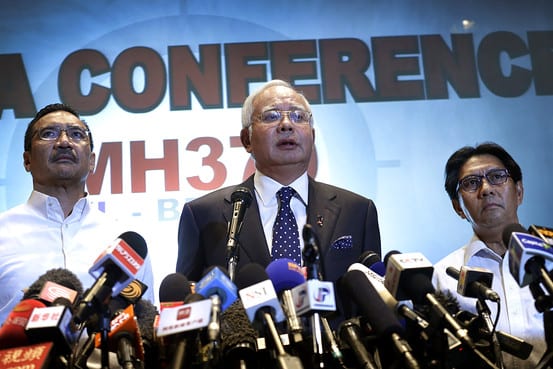
Malaysian Flight 370—specifically how the Malaysian government has handled the crisis to date—shows the negative side of public diplomacy, and reminds us why crisis communications matters.
From the moment the airplane disappeared from radar in the early morning hours of March 8, , the government in Kuala Lumpur faced a challenging task of communicating with its own citizens and citizens overseas. With passengers from a dozen countries on board—most of them Chinese—the public diplomacy assignment required careful, consistent, and credible information sharing.
That never happened. The result was conflicting stories, shifting narratives, and an overall picture of confusion. Now it will be difficult for the Malaysians to re-establish credibility.
The first rule of public diplomacy is to establish trust with your audience. Leaving aside the rules and procedures around an airline disaster, where victims need special handling, the basic goal of public information campaign is for government officials to disseminate information even when there is little to come by. The Malaysians needed to take hold of the situation and manage the flow of news in a 24/7 world where a cable operation like CNN might, as turned out to be the case, broadcast around the clock news about the event—dispatching reporters and cameras around the globe.
The second rule of public diplomacy is, if you don’t have an answer to a question, be candid and say, “We don’t know.” No information is better than bad information.
Lastly, be mindful of the power of the Bully Pulpit—a phrase coined by former U.S. President Theodore Roosevelt to reflect the influence of the White House messaging platform. Deploying the Prime Minister of Malaysia needed to be strategic. There was no reason to put Prime Minister Najib Razak in the position of informing families that their loved ones were gone forever absent any wreckage of the plane to prove it.
To compound the error, the Malaysian government used social media incorrectly. It sent a text message to the families that read: “Malaysia Airlines deeply regrets that we have to assume beyond any reasonable doubt that MH370 has been lost and that none of those on board survived. As you will hear in the next hour from Malaysia’s Prime Minster we must now accept all evidence suggests the plane went down in the Southern Indian Ocean.” Without a debris field, the message seemed hollow.
Now, with the help of Australia, there is a chance to get Malaysia’s public diplomacy back on course. Australian Prime Minister Tony Abbott just met with the Malaysian Prime Minister and one hopes they will improve the information flow about the ongoing search and investigation.
In the end, the answer is training. We need to train government officials on how to communicate before, during and after a crisis, and how to use public diplomacy effectively. In a world of citizen journalism, news, and global information, the alternative is chaos.

